- No products in the cart.
Loratadine-quinacrine syrup 5mg / 5ml 100ml complete with measuring spoon
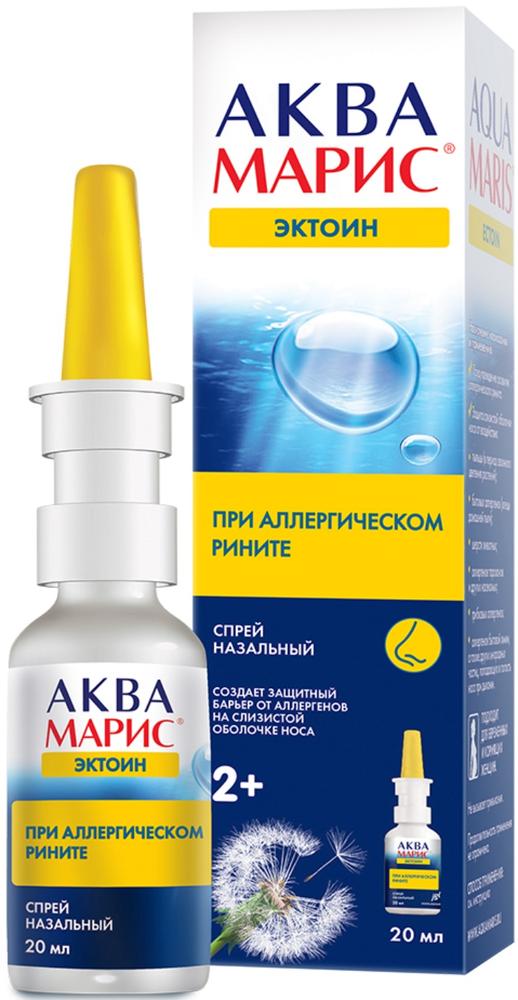
Aqua Maris ectoine nasal spray for the prevention and treatment of allergic rhinitis 20ml
$10.19

Suprastin tab 25mg 20 pc
$2.72
$3.60
Loratadine-quinacrine syrup 5mg / 5ml 100ml complete with measuring spoon
Description
Composition
Active substance:
100 ml of syrup contains: loratadine in terms of 100% substance – 0.1 g ;.
Excipients:
Sucrose 35 g, 20 g of propylene glycol, benzoic acid, 0,1 g citric acid, 0.3 g of ethanol (rectified ethyl alcohol) -1.58 g, dye tropeolin O 0.001 g orange flavor-0 08 g purified water up to 100-ml.
Description:
From light yellow to yellow transparent liquid with a faint fruity odor.
Product form:
Syrup 5 mg / 5 ml.
100 ml vial dark glass, a sealed screw-cap polyethylene control of the first opening.
Each vial together with measuring spoon or cup-dimensional instructions for use and placed in a pile of cardboard.
Contraindications
Hypersensitivity, lactation, children under the age of 2 years.
Carefully
Liver failure, pregnancy.
Dosage
1 mg / ml
Indications
Allergic rhinitis (seasonal and perennial), conjunctivitis, pollinosis, urticaria (including chronic idiopathic), angioneurotic edema, pruritic dermatoses; pseudo-reactions caused by the release of histamine; allergic reactions to insect bites.
Interaction with other drugs
CYP3A4 inhibitors (including ketoconazole, erythromycin), inhibitors of CYP3A4 and CYP2D6 (cimetidine, etc.) increase the concentration in the blood of loratadine.
Loratadine does not increase the alcohol effects on the central nervous system.
Overdose
Symptoms: drowsiness, tachycardia, headache.
Treatment: gastric lavage, administration of activated charcoal. It does not rely on hemodialysis.
pharmachologic effect
Pharmacological group:
Antiallergic agent – H1-histamine receptor blocker.
Pharmacodynamics:
Blocker H1-histamine receptors (long-acting). Inhibits the release of histamine and leukotriene C4 from mast cells. It prevents the development and facilitates the allergic reactions. It has antiallergic, antipruritic, protivoekssudativnoe action. Reduces the permeability of capillaries, prevents tissue swelling, relieves spasms of smooth muscles. Antiallergic effect developed after 30 minutes, reaching a maximum at 8-12 hours and lasts 24 hours. No effect on the central nervous system (because does not penetrate the blood-brain barrier) and is not addictive.
Pharmacokinetics:
Quickly and completely absorbed in the gastrointestinal tract. The time to reach maximum plasma concentration after administration of the drug – 1.3-2.5 hours; meal slows it down for 1 hour. The maximum concentration of drug in the blood plasma of elderly people increases by 50%, in alcoholic pecheni- lesions with increasing severity of disease. Communication with plasma proteins – 97%. It is metabolized in the liver to form the active metabolite descarboethoxyloratadine involving isoenzyme cytochrome CYP3A4 and to a lesser extent CYP2D6. The equilibrium concentration of loratadine and metabolite in plasma attained at 5 days of administration. It does not cross the blood-brain barrier. Half-life of loratadine – 3-20 hours (average 8.4), the active metabolite – 8,8-92 hours (mean 28 hours); elderly patients respectively – 6,7-37 hours (mean 18.2 hours) and 11-38 hours (17.5 hours). In alcoholic liver injury half-life of the drug increases in proportion to the severity of disease. Excreted by the kidneys and the bile. In patients with chronic renal failure and hemodialysis pharmacokinetics virtually unchanged.
Pregnancy and breast-feeding
Use during pregnancy is possible only in those cases where the intended benefits to the mother outweighs the potential risk to the fetus. At the time of treatment should stop breastfeeding (enters breast milk).
Conditions of supply of pharmacies
Without recipe.
side effects
Adverse events occurred at approximately the same rate as when applied with placebo.
In adults: headache, fatigue, dry mouth, somnolence, nausea, gastritis, allergic reactions (rash), anaphylaxis, alopecia, hepatic dysfunction.
In children: headache, irritability, sedation.
special instructions
For patients with renal insufficiency or dysfunction of liver initial dose should be 10 mg every other day.
The effect on the ability to drive and difficult technique
During the period of treatment must be careful when driving and occupation of other potentially hazardous activities that require high concentration and psychomotor speed reactions.
Storage conditions
At a temperature of not higher than 25 C.
Keep out of the reach of children.
Dosing and Administration
Inside. Adults and children weighing more than 30 kg – 10 mg (2 teaspoons of the syrup) 1 time per day.
When liver failure initial dose of – 5 mg / day (1 scoop syrup).
Children 2 to 12 years old with a body weight less than 30 kg – 5 mg / day (1 measuring spoon of syrup) in 1 reception.
Information
Appearance may differ from that depicted in the picture. There are contraindications. You need to read the manual or consult with a specialist
Additional information
| Weight | 0.100 kg |
|---|---|
| Manufacturer | QUINACRINE INN |

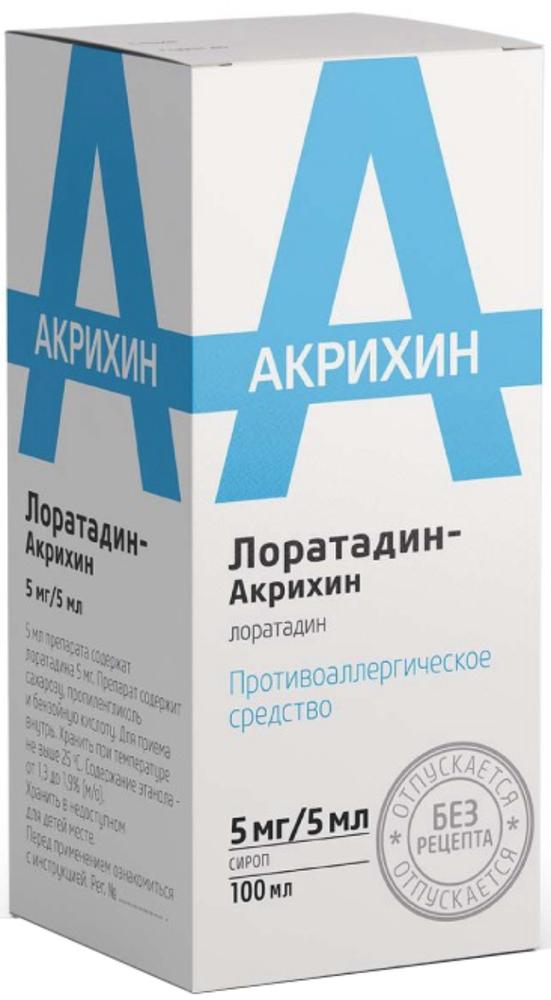

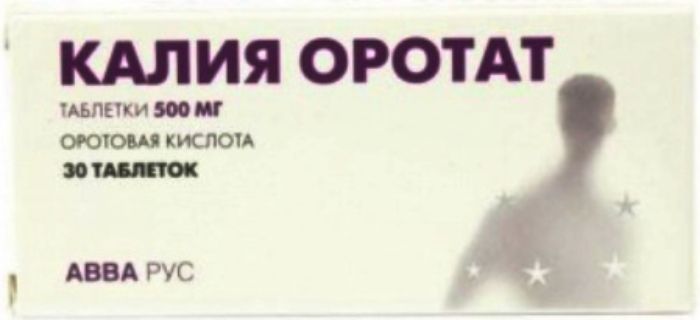
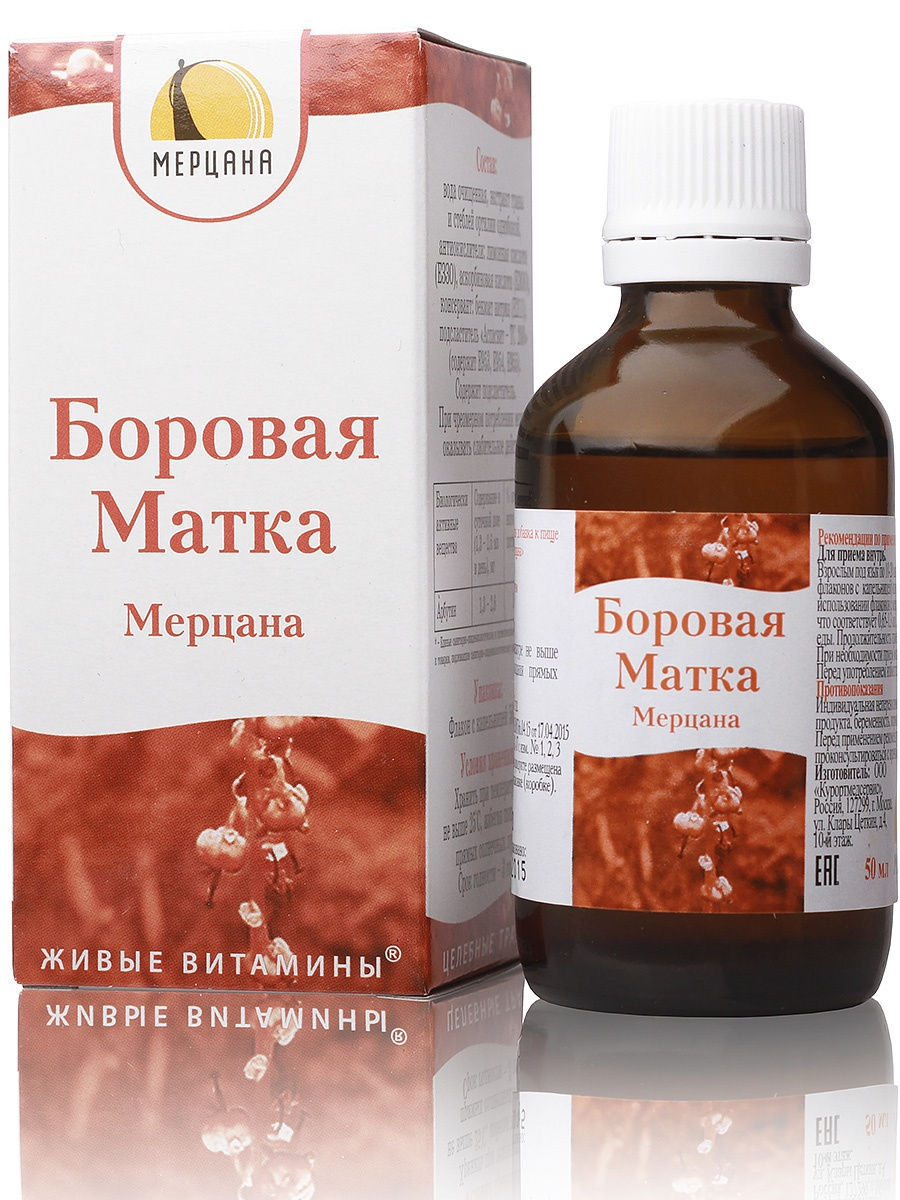
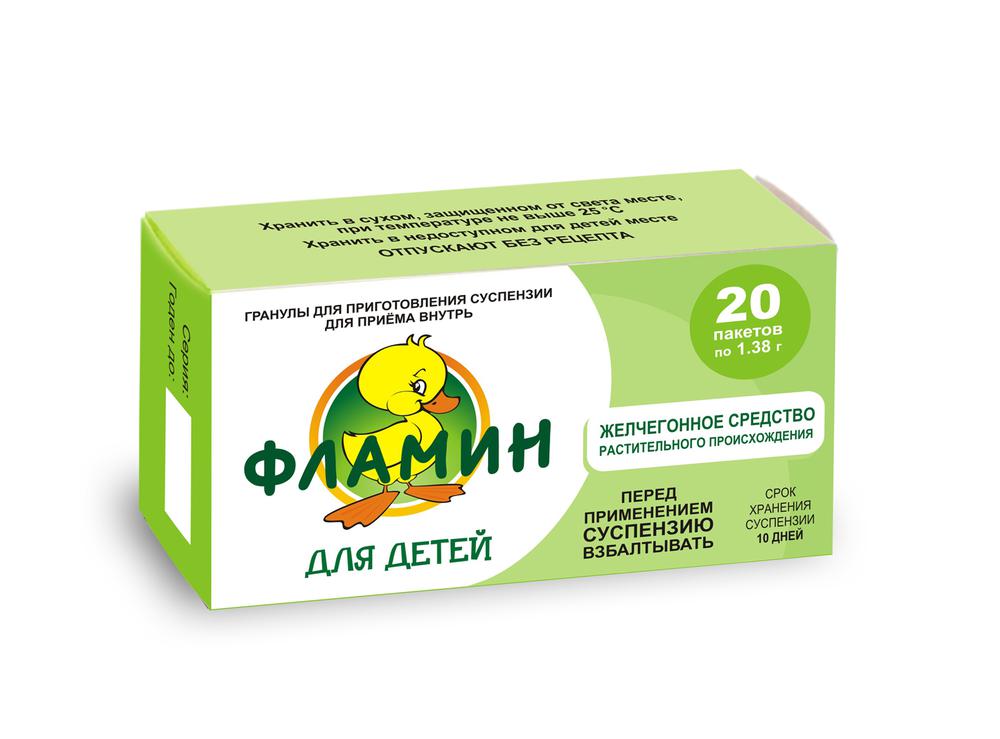

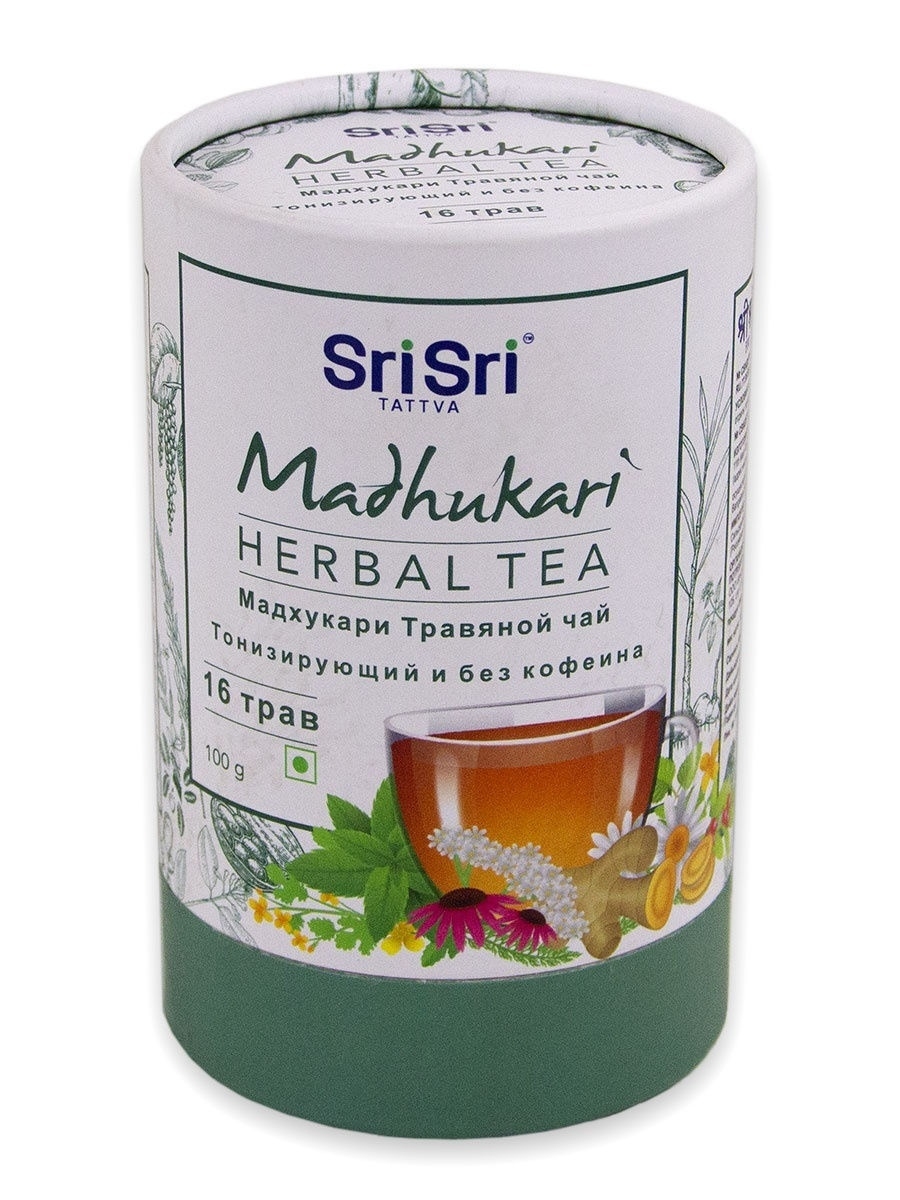




There are no reviews yet.